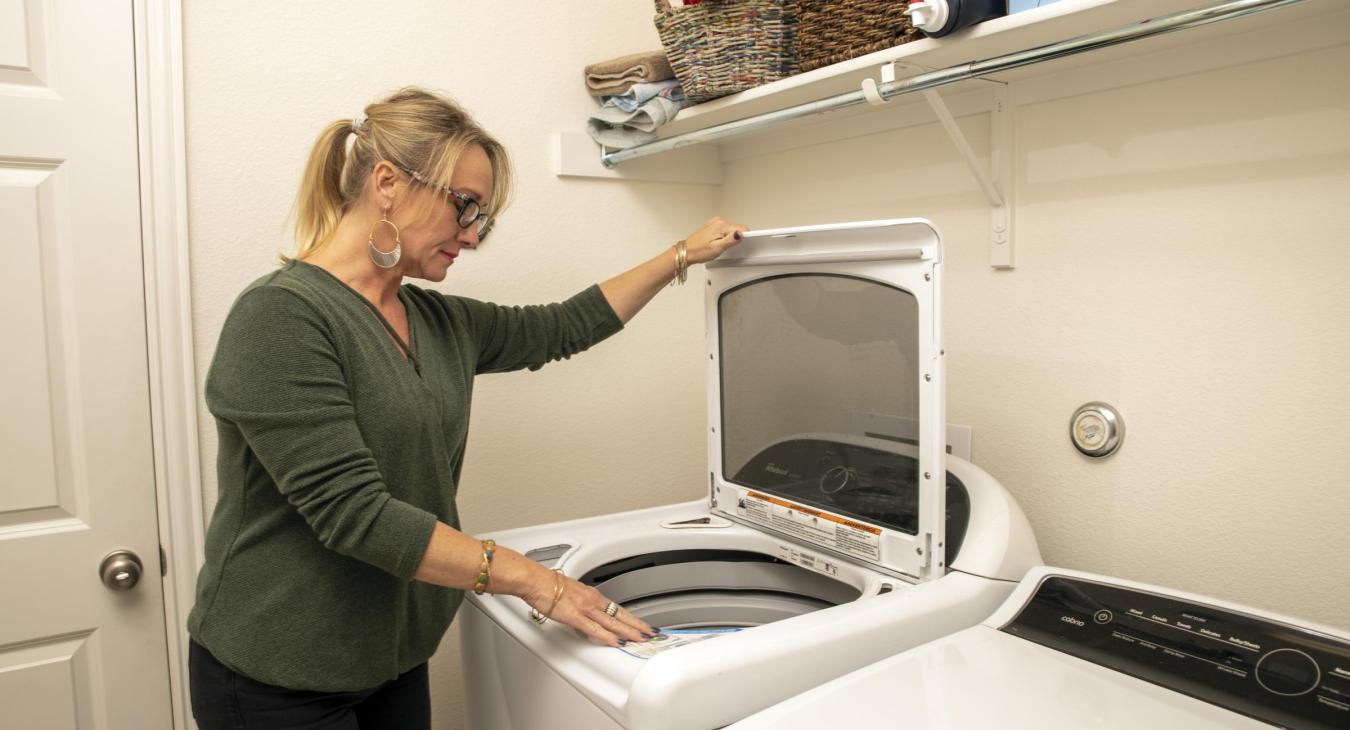Electricity is something most of us do not think much about until the bill arrives. We flip a switch, plug in a charger or turn on the air conditioning without a second thought. But behind the scenes, delivering that electricity to your home or business takes planning, coordination and infrastructure. One of the most important ideas that affects how much it costs to deliver power is something called peak demand. It’s a concept that electric utilities use to make sure there is enough electricity available when people need it most.
Filling the Bucket Analogy
Think of your electric use like water flowing through a pipe. The total amount you use over a month is important, but so is the maximum flow at any one time. That maximum flow is your peak demand. Suppose you want to fill a five-gallon bucket with water. You can use an inexpensive hose connection to your sink providing one gallon per minute to do it, and it will take five minutes. Or you can get to a more expensive large faucet that provides five gallons per minute, it will fill in just one minute. The flow rate is the equivalent to demand, and the five gallons of water are equivalent to consumption. In this example, filling both buckets has the same “consumption” but very different “demands.”
In electricity terms, it is the highest level of energy you use at one time during the billing period. For example, if your household is running the air conditioner, oven, clothes dryer and dishwasher all at once on a hot August afternoon, you are likely hitting your peak demand for the month.
Why does this matter?
Electric utilities have to build and maintain a system that can handle everyone’s peak demand, not just the average. That means having enough generating power plants, wires, substations and equipment in place to meet the highest possible need at any given moment. Those systems cost money whether they are being used fully or not, and that cost is passed on to all of us as ratepayers.
This is where peak demand rates come in. These rates are designed to encourage customers to use electricity more evenly throughout the day and to avoid using too many high-power appliances at the same time. By reducing peak demand, we can make better use of the infrastructure we already have, avoid building unnecessary new power plants and keep rates more affordable for everyone.
For consumers, the benefit is both immediate and long-term. When you lower your peak demand, your utility may reward you with a lower bill if you are on a rate plan that reflects demand charges. Many businesses already operate under these types of rates, and residential customers may begin seeing similar structures in the future. Even if your current rate is flat and does not charge you based on peak demand, reducing your use during high-demand hours helps your utility avoid higher costs from its power supplier. That savings trickles down to all customers over time.
The other big benefit is reliability. On very hot or very cold days, when everyone is using heat or air conditioning at once, the grid is under the most stress. If too many people are demanding too much electricity at once, the risk of outages increases. When more people spread their usage out, the grid stays balanced and more dependable.
How to Reduce Demand
Fortunately, managing peak demand is something every customer can help with. You might shift your laundry and dishwashing to the evening, turn up the thermostat a few degrees during the hottest part of the day or use smart home devices to stagger when things turn on. These small changes may not seem like much, but when hundreds of people participate, the results are significant.
Currently in Nebraska some of the public power districts and electric cooperatives have a peak demand charge demand on large industrial and commercial customers. But demand charges to all rate classes, including residential rates, are expected in the future as electric demands increase across the state.
Charge Your EV During Off-Peak Hours
If you own an electric vehicle, charging during off-peak hours may mean taking advantage of reduced electricity rates or incentives, helping you save money compared to charging during peak demand times. Smart scheduling means more affordable EV ownership and better energy budgeting.
This practice not only enhances the appeal of EVs but also aligns with the public power values of reliability, sustainability and affordability, helping build a smarter and more efficient energy system for future generations.
The idea behind peak demand rates is about fairness and efficiency. It ensures that those who place the greatest strain on the system contribute a little more toward its cost, while rewarding those who help ease the load.

